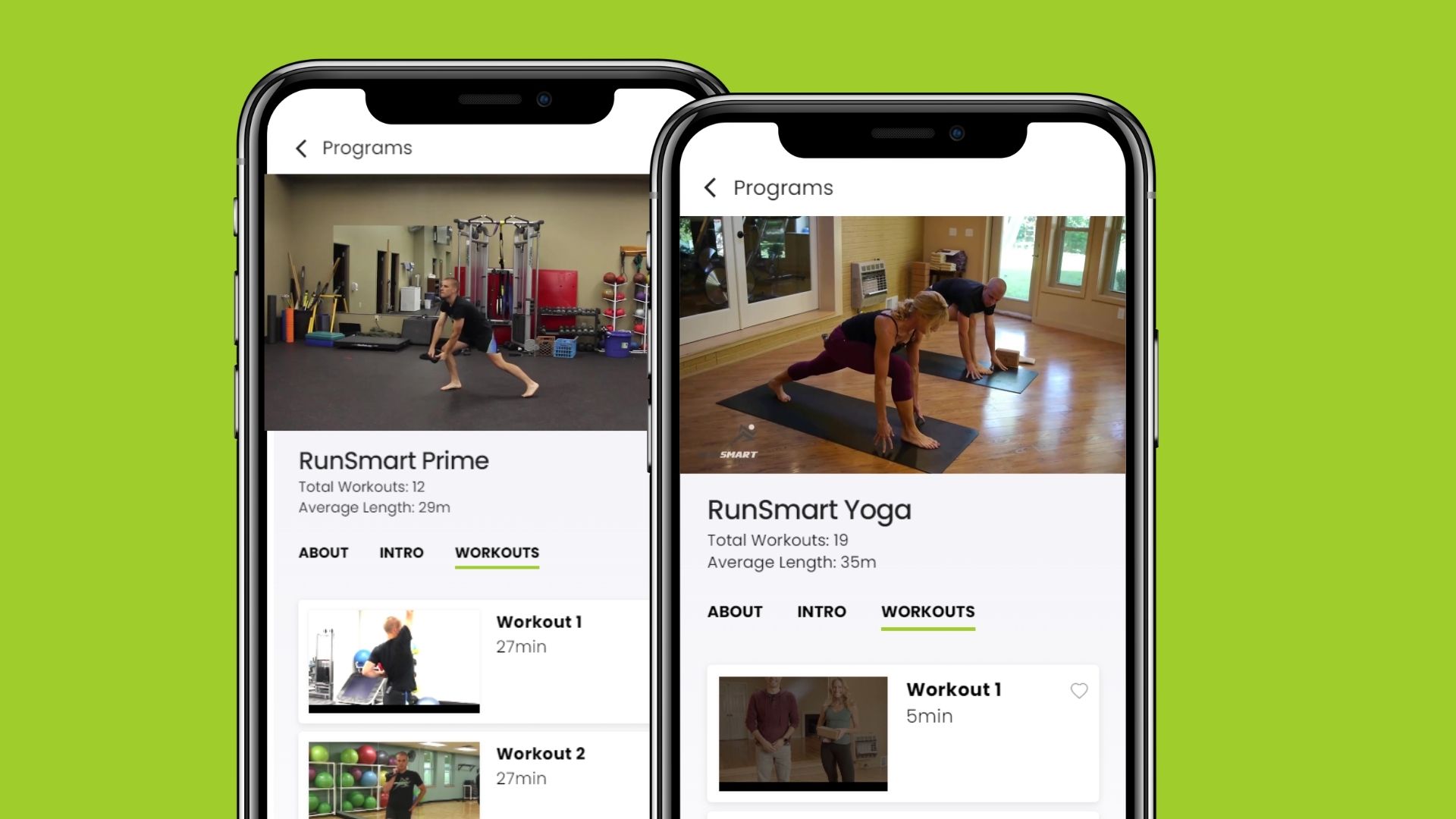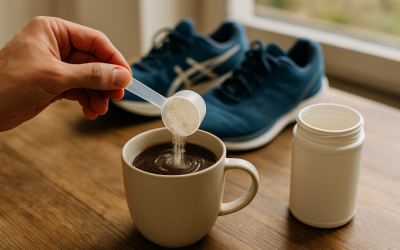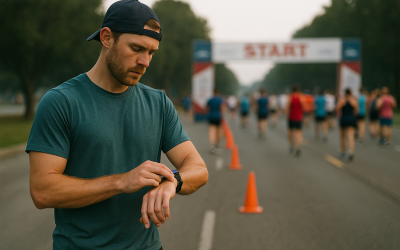Avoiding and preventing running injuries is relatively difficult, if not impossible.
Strength and balance deficits are unavoidable. Neglecting these foundational principles only appears to be a catalyst to missing severe training time. Being Reactive, not proactive, is our mentality.
We are a society of kicking the can down the road until forced to react. We know we should work on strength, flexibility, and balance, but usually throw it a ‘half-assed’ attempt between hitting the stop button and going inside to shower. Don’t get me wrong, most runners are the most dedicated and hardworking members of society, but there’s an “I’ll do it tomorrow” mentality when pressed with fitting it all in.
If you’re wondering if you have any weaknesses or imbalances, let me answer them for you… YOU DO.
No athlete, slow or fast, pro or amateur, will be free of imbalance that can cause injury. The only solution to minimizing and fixing these imbalances is a dedication to strength and balance.
Without strength and balance, you’ll find yourself grasping for over-the-counter remedies as you battle injury after injury.
No runner or triathlete loves to strength train. I get it. It’s even a chore for me, and I teach it!
Finding the time between runs, meetings, and family is difficult. Getting results and setting yourself up for a long and healthy running career doesn’t require 2-3 hours a week, either
How often and how much
In my clinical experience, I have found that as little as 2, 30-minute strength and balance sessions can effectively build you the anatomy you need to run.
The key is runner-specific exercises—no more strengthening for muscles A, B, C separately. Instead, let’s do a movement that works muscle A, B, C all at once and in a way that directly improves your running.
Where do I start?
You shouldn’t try to target anything specifically from the get go. Treat yourself as if everything was broken. Performing selective balance and strength exercises on one side and then another is usually enough to determine if you have an imbalance on one or both sides.
Simple Test
Can you put on your shoes and tie them without sitting down?
I don’t mean bending from the waist, either. Bring the leg to you, put on your shoe, and tie it. This simple balance task can tell you a lot about our balance.
This video highlights a few runners who are running PAIN-FREE. They have weakness, tightness, and imbalance. Remember, you don’t have to have the pain to have an injury gaining momentum.




